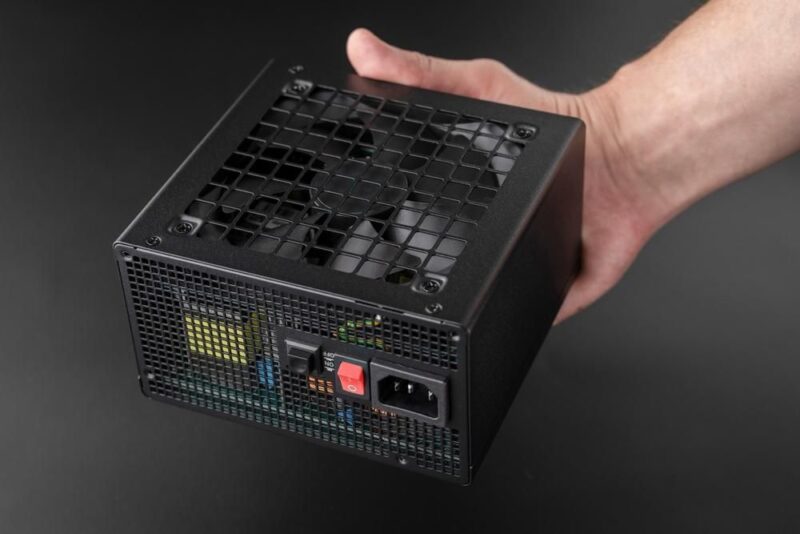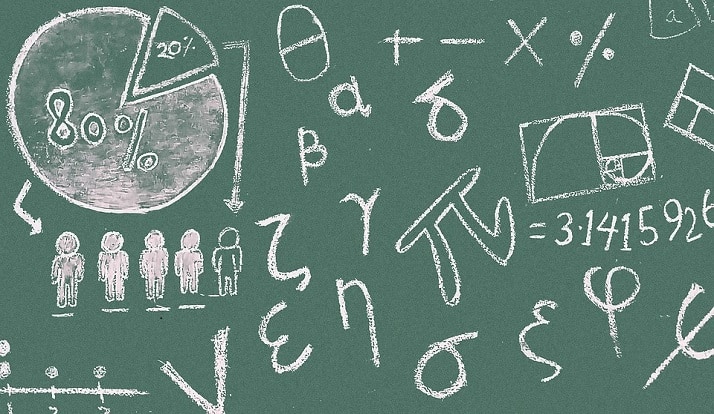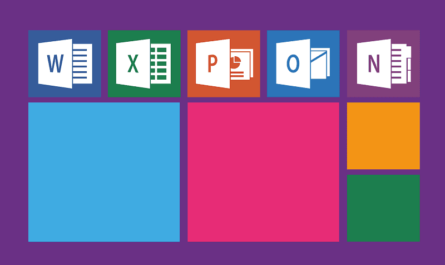gaming PCs, requires power to function. However, your PC’s energy consumption rate varies over time. The more resource-intensive your tasks are, the more power your machine will draw, increasing electricity consumption and utility bills.
Here’s why you should monitor your PC’s power consumption, the best monitoring tools and methods, and the benefits of energy management for your supply and hardware. Furthermore, check out MicroCenter for power supplies for your PCs and more.
-
Page Contents
Saving Money on Utility Bills
According to the Bureau of Labor Statistics, the average cost of electricity is around $0.17 per kilowatt-hour (kWh). However, depending on local costs, it may be much lower or higher in your area.
Monitoring your PC’s power consumption can help you calculate your energy expenditures and determine how energy-hungry your configuration is. Monitoring is essential if you use your computer daily or regularly engage in high-intensity applications like gaming, 3D modeling, video editing, or streaming.
The power your PC consumes depends on its hardware, such as the processor, graphics card, motherboard, cooling system, and other elements. The size and quality of each component impact your computer’s energy draw.
For example, PC Gamer estimated that a typical mid-range PC gaming build consumes up to 388 watts. In contrast, an “extreme” configuration with the best and most powerful hardware available can exceed 800 watts. If used to the same extent every day for the same amount of time, the extreme build would cost over twice as much electricity.
The best way to determine how much power your computer consumes at any moment is to use dedicated usage monitors, such as the Kill-A-Watt. Plugging your PC into one of these devices can provide a real-time readout of its energy consumption.
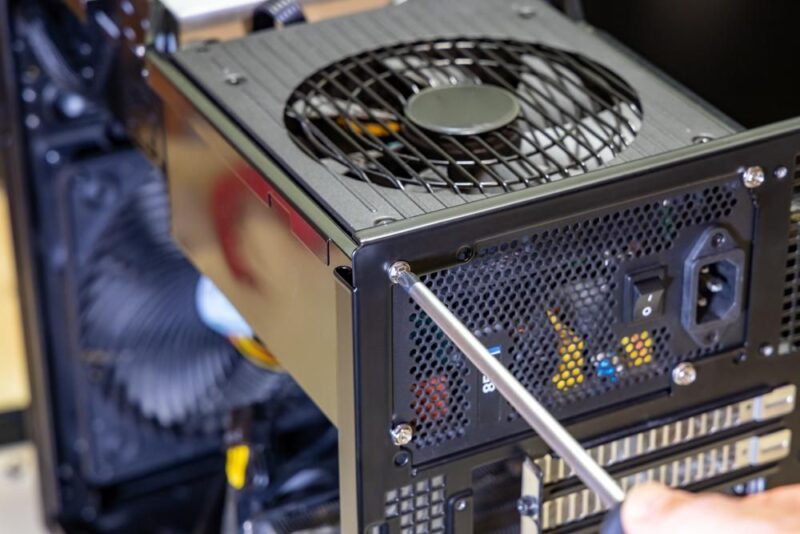
-
Choosing the Right Power Supply
Measuring your PC’s power consumption can help determine if your current power supply is adequately sized for your hardware. A typical supply unit (PSU) is designed to deliver its highest efficiency level when the machine draws 50 percent to 80 percent of its rated maximum capacity. Some higher-quality PSUs can maintain high efficiency beyond 80 percent load. They can be recognized by their 80 Plus certification, which can maintain high efficiency at up to 94 percent load, depending on the label.
If your PC falls outside its efficiency curve, your power supply will gradually consume more energy than it needs to run your system adequately, effectively wasting it.
Knowing how to test your supply can determine whether your current unit is correctly sized for your needs. Here are the risks and effects of having an oversized or undersized power supply:
Oversized PSU
Your supply is oversized when your machine’s maximum power consumption is less than 50 percent of your PSU’s rated capacity. For example, if your computer’s maximum power draw is 388 watts, an 800-watt PSU would be oversized for your needs. The consequences of choosing an oversized PSU include:
- Wasted electricity. Oversized PSUs draw more electricity than is necessary to power your system, wasting the excess in the form of heat.
- High initial costs. Larger-capacity PSUs are typically more expensive than smaller equivalents. It can become an unnecessary upfront expenditure.
- Space considerations. If you build your PC, an oversized PSU can be physically larger than a smaller model, making it harder to fit or challenging cable management.
Undersized PSU
Your supply is undersized when your machine’s maximum energy consumption reaches or exceeds its maximum capacity. Properly sized PSUs should have a small amount of overhead to account for moment-to-moment power draw, which can momentarily spike.
For example, if your computer’s power draw under load averages 493 watts, it can exceed 500 watts for short periods. A 500-watt PSU would be undersized because it would have too little overhead. Undersized PSUs can cause the following problems:
- System instability. Insufficient power can cause your system to freeze, hang, crash, or even shut down unexpectedly.
- Risks to hardware. Repeated crashes or shutdowns caused by insufficient power can stress your hardware components, prematurely wearing them out and increasing the risk of failures.
- Overheating PSU. Power supplies repeatedly pushed to their limit run louder, faster, and hotter, shortening their lifespan.
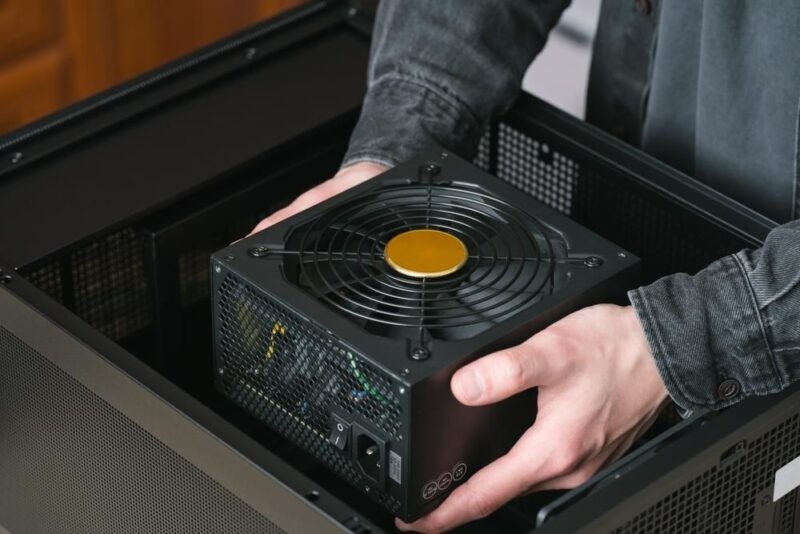
-
Troubleshooting and Detecting Signs of Failure
If your machine is older and you have started experiencing new issues or problems, they may be hardware-related. Measuring your PC’s energy consumption can help determine which parts are responsible.
- Identifying failing components. Has your PC’s power consumption recently increased or started fluctuating unexpectedly? It can indicate that a component in your machine has begun failing, such as a hard drive, a RAM stick, or a graphics card. Swapping these components out can help you isolate the problem and replace faulty hardware.
- Stress-testing. Consider monitoring your PC’s power consumption while running stress tests, such as CPU vs. GPU benchmarks. It can help you accurately determine the condition of your PSU. If your supply is no longer delivering the amount of power it once did, or if power delivery appears unstable, you may need to replace it.
- Determining thermal failures. If your system regularly experiences unexpected shutdowns, consider combining power consumption monitoring and watching your system temperature. If your CPU temperature exceeds a certain level, your PC is designed to shut down to prevent thermal damage. Power monitoring can help determine if your PSU is over-stressed, potentially leading to excessive heat.
Preserve Your Supply and Your Hardware
Monitoring your computer’s power consumption has numerous benefits, whether you use your PC for productivity, gaming, or a mixture of both. It can help you determine if your hardware configuration has enough power and understand the full extent of your PC’s energy expenditure.
The information can also be invaluable for troubleshooting and maintenance, preventing your system from experiencing unexpected shutdowns and protecting your hardware from wear and tear. The right choice of PSU model and good power monitoring habits will help you avoid costly parts replacement and lower your electricity bills.
